Widening the field of view on ‘Oppenheimer’
By Robert J. Goldston | August 17, 2023
 J. Robert Oppenheimer (as portrayed by actor Cillian Murphy) climbs the tower to inspect the "Gadget" ahead of the Trinity test in a scene from Christopher Nolan's film 'Oppenheimer'. (Image courtesy of Universal Pictures)
J. Robert Oppenheimer (as portrayed by actor Cillian Murphy) climbs the tower to inspect the "Gadget" ahead of the Trinity test in a scene from Christopher Nolan's film 'Oppenheimer'. (Image courtesy of Universal Pictures)
Christopher Nolan’s Oppenheimer is a masterly vision of Kai Bird and Martin J. Sherwin’s American Prometheus, the Pulitzer Prize-winning biography of J. Robert Oppenheimer. However, it is a biopic, not a broad perspective on the technical, strategic, and moral issues that Oppenheimer and other scientists in the Manhattan Project confronted for the first time in human history. It is important for modern observers to widen their field of view beyond Oppenheimer and Los Alamos.
For one, crucial parts of the Manhattan Project took place outside of Los Alamos. Enrico Fermi’s Chicago Pile 1 was the prototype for the plutonium-producing reactors that were located at Hanford, Washington. The uranium enrichment project at Oak Ridge, Tennessee used “Calutrons” that were prototyped by Ernest Lawrence at the University of California, Berkeley. In the film, viewers only saw the progress of these key fissile material production activities through marbles being dropped into glass bowls. They did not get to see the quality of the science and the scale of the effort involved at these facilities. Nor did they see much about the deep concerns expressed by scientists outside of Los Alamos, particularly at the University of Chicago’s Metallurgical Laboratory, about dropping the bomb on Japanese cities.
Opening the field of view a step wider, “downwinders” from the Trinity test were contaminated by fallout. This issue was revisited in a new analysis and compensation for these first victims of the atomic age is included in the version of the National Defense Authorization Act that the US Senate recently passed. There were also radiation exposures at the plutonium production facilities at Hanford, during the mining of the uranium needed for nuclear weapons, and due to the hundreds of subsequent atmospheric weapons tests.
Viewers of Oppenheimer also need to consider a wider view, now flashing forward in time, of the tension between arms racing and arms control—embodied in the movie by the conflict between J. Robert Oppenheimer (Cillian Murphy) and Edward Teller (Benny Safdie). This tension continues unresolved to the present day.
It is deeply disturbing that advances in arms control have been spurred not so much by rational thought, but by near catastrophe. If not for sheer luck, the Cuban Missile Crisis of 1962 could have resulted in thermonuclear war between the United States and the Soviet Union. After the crisis was over, steps toward arms control followed, starting with the Limited Test Ban Treaty (LTBT) of 1963, then the Anti-Ballistic Missile (ABM) treaty and Strategic Arms Limitation Treaty I (SALT I) of 1973.
A second brink was approached in the early 1980s, when President Reagan’s military build-up and his characterization of the Soviet Union as an “evil empire” deeply frightened the Soviets. At this time of high fear and tension, misperception of the NATO Able Archer military exercise or the incorrect operation of new Soviet surveillance satellites indicating a nuclear attack from the United States—both events happening in 1983—could have resulted in Armageddon on a scale much, much larger than during the Cuban Missile Crisis. This period of war scare was followed by the Intermediate-range Nuclear Forces Treaty (INF) of 1987, the Strategic Arms Reduction Treaty (START I) of 1994, and the Strategic Offensive Reductions Treaty (SORT) of 2003.
And the world is once again standing at the brink.
Beyond the well-known nuclear risks associated with the war in Ukraine, recent nuclear saber-rattling by Russia and Belarus against Poland suggests the possibility of a direct conflict between Russia/Belarus and NATO, both armed with nuclear weapons. Overall, there is no telling whether Russian aggression against territories coveted by Putin will lead, at one extreme, to a calamitous nuclear exchange or, at the other, to an agreement with Russia on steps toward strategic stability, beneficial to both sides.
Oppenheimer also invites widening the field of view backward in time. After the scientific revolution of the 16th and 17th centuries, starting with Copernicus and Galileo, it seems inevitable that application of the scientific method would eventually lead to the discovery of energy-releasing nuclear interactions capable of supporting a chain reaction. And once discovered, their potential for use in weapons of massive destructive power would very quickly become apparent. Without scientists and leaders of the caliber of J. Robert Oppenheimer, Enrico Fermi, and Ernest Lawrence, it may have taken longer to turn the understanding of the physics of the nucleus into weaponry. But it is hard to see how this would not have happened quickly, given the long and wide history of war between human tribes and, more recently, between so-called “civilized nations.”
Finally, a very broad widening of the field of view. In the summer of 1950 Enrico Fermi was having lunch at Los Alamos with Emil Konopinski, Edward Teller, and Herbert York, all veterans of the Manhattan Project. He asked, “Where is everybody?” By this, Fermi meant that since our galaxy has lasted for billions of years, there were likely many civilizations born many millions of years before ours. So, Fermi was asking, why they had not colonized the whole galaxy and why we have not seen them. There have been differing answers proposed to this question over the years. One possibility, however, is that a civilization that discovers how to release the energy bound up in the nucleus does not have time to master interstellar travel before it destroys itself.
This could well become the fate of our civilization. One time when we reach the brink we may not step back. The human species needs to overcome its tribal nature and find common purpose—if it is to survive.
Oppenheimer’s vision for arms control is still upon us
‘Oppenheimer’ is terrific. But it’s just a movie
Thought-provoked by ‘Oppenheimer’
‘Oppenheimer’, the bomb, and arms control, then and now
‘Oppenheimer’ depicts a man becoming powerful—and irrelevant
Nuclear weapons since Oppenheimer: Who’s in control?
What ‘Oppenheimer’ can teach today’s scientists
Nolan’s ‘Oppenheimer’: an artistic visual tapestry of the bomb’s science and power intricacies
Widening the field of view on ‘Oppenheimer’
Together, we make the world safer.
The Bulletin elevates expert voices above the noise. But as an independent nonprofit organization, our operations depend on the support of readers like you. Help us continue to deliver quality journalism that holds leaders accountable. Your support of our work at any level is important. In return, we promise our coverage will be understandable, influential, vigilant, solution-oriented, and fair-minded. Together we can make a difference.
Keywords: Able Archer, American Prometheus, Atomic Energy Commission, Christopher Nolan, Cuban Missile Crisis, Hiroshima and Nagasaki, J. Robert Oppenheimer, Los Alamos, Manhattan Project, NATO-Russia war, Oppenheimer review collection, Trinity test, Ukraine war, arms control, atomic bomb, downwinders, movie, nuclear weapons
Topics: Nuclear Weapons
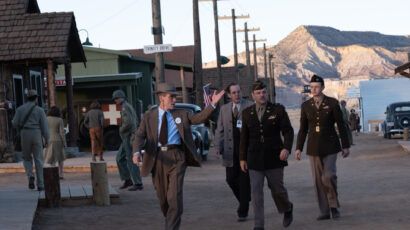

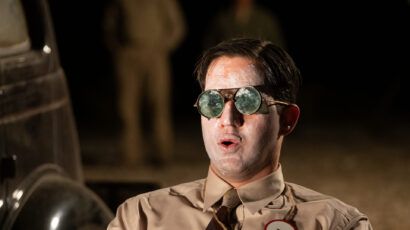
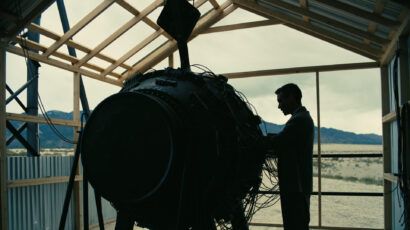
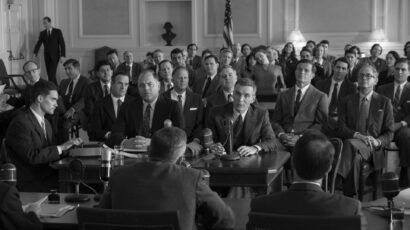

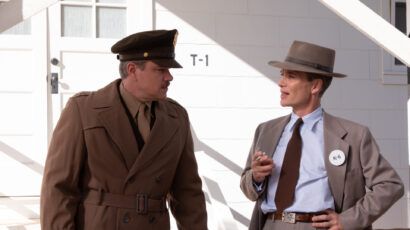

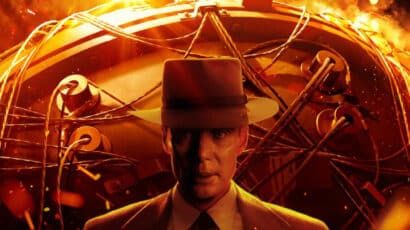
















i like your article it is very interesting. The jury is still out on the Fermi paradox and we have to assume another possible scenario. Since we’re just supposing. Suppose we are all alone and if we trash this planet we just trashed the most beautful unique gem in the whole universe? That’s even more scary for me to ponder.